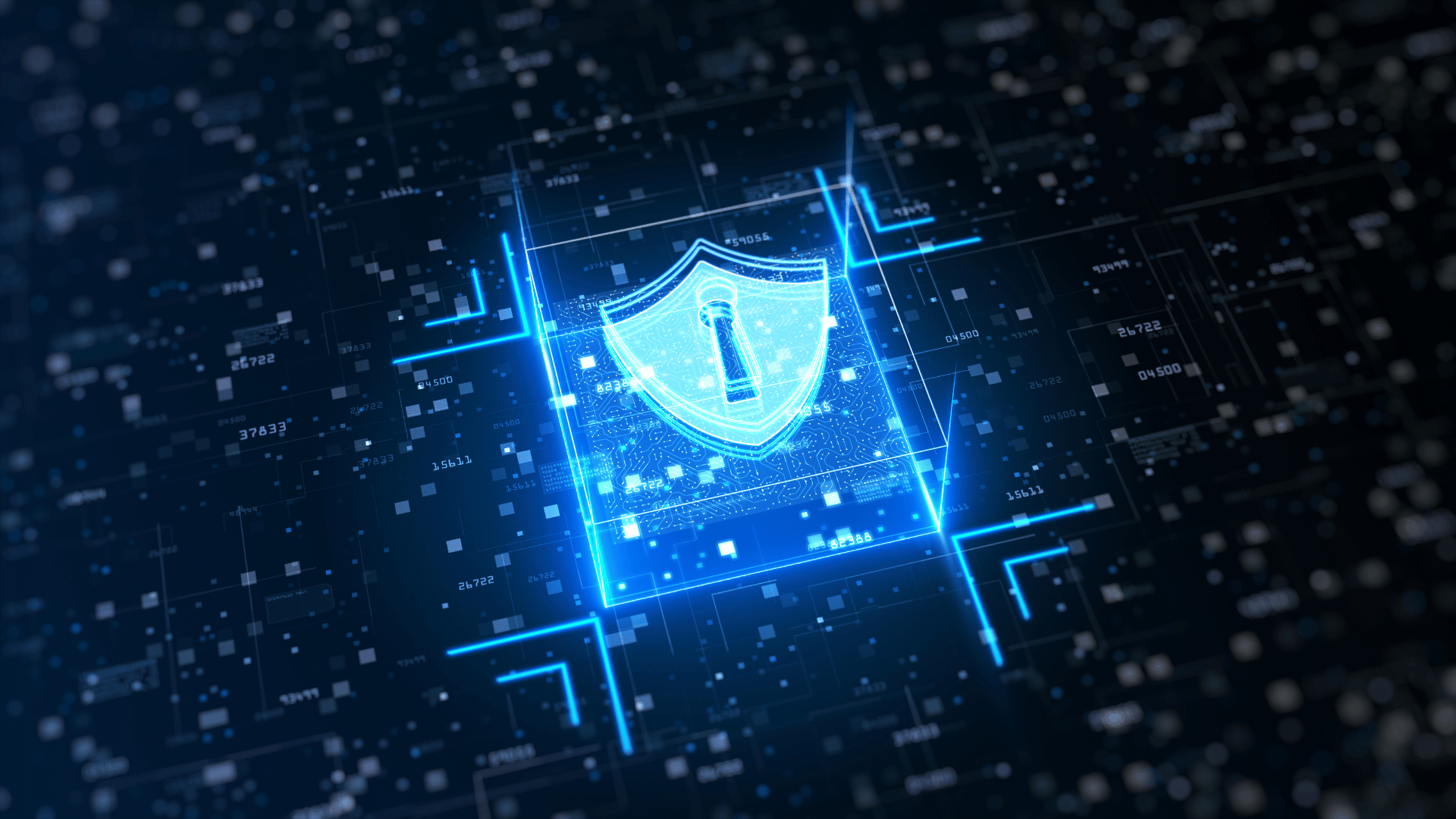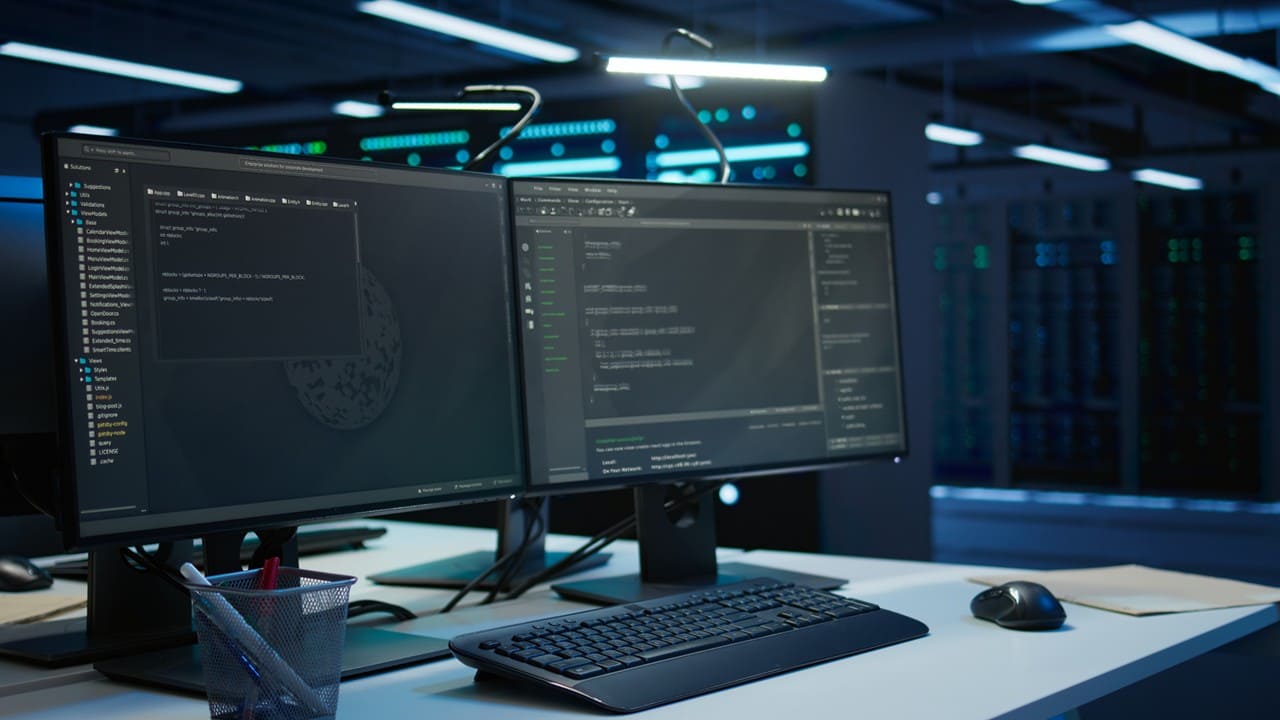AI in Cybersecurity: Opportunities and Risks Lie Ahead for Businesses

AI is ushering in a new era of cybersecurity: it helps businesses detect and respond faster, yet also brings risks of hacker misuse, algorithmic errors, and over-reliance. So how can organizations harness AI effectively while staying secure?
According to IBM’s 2023 Cost of a Data Breach Report, the average breach takes 277 days to identify and contain and costs around USD 4.45 million. These numbers highlight that cybersecurity is no longer just a technical concern, it is directly tied to profitability and brand reputation.
In an era where artificial intelligence (AI) is advancing rapidly and permeating nearly every field, particularly cybersecurity, the critical question arises: Does AI truly make businesses safer, or does it introduce new risks? Enterprises now face the dual challenge of strengthening protection while confronting entirely new categories of threats.
AI Enters the Cybersecurity Arena
The rapid development of AI is reshaping how organizations approach cybersecurity and information protection. Beyond traditional tools, AI is now embedded into advanced platforms such as SOC, SIEM, and UEBA. With its ability to analyze vast amounts of data and respond in real time, AI enables security operations centers to manage the growing flood of alerts more effectively.
Yet, cybercriminals are also exploiting the same technology, using it to generate constantly evolving malware, more convincing deepfakes, and increasingly sophisticated phishing campaigns that evade traditional detection. This has transformed cybersecurity into a parallel technology race, where both attackers and defenders are continuously upgrading their AI-driven capabilities.
-min.png?width=2240&height=1260&name=Chuy%E1%BB%83n%20%C4%91%E1%BB%95i%20s%E1%BB%91%20ng%C3%A0nh%20b%C3%A1n%20l%E1%BA%BB%20v%C3%A0%20k%E1%BA%BFt%20n%E1%BB%91i%20mua%20s%E1%BA%AFm%20%C4%91a%20k%C3%AAnh%20(45)-min.png)
AI strengthens defense but also arms attackers—turning cybersecurity into a constant technology race.
The Role of AI in Enterprise Security
As cyber threats evolve rapidly, organizations need more effective tools. AI has become a cornerstone of modern cybersecurity systems. Leading companies like Microsoft and CrowdStrike have integrated agentic AI that takes autonomous actions into their platforms to automatically classify and respond to alerts, addressing the shortage of cybersecurity professionals. AI delivers four critical advantages to businesses:
- Faster detection: AI processes massive datasets in real time, significantly reducing dwell time—the period attackers remain undetected in systems.
- Automated response: From isolating devices and blocking IP addresses to resetting accounts, AI executes many workflows automatically, easing the burden on SOC teams.
- Adaptive defense: By learning user and organizational behavior, AI detects subtle anomalies and tailors defenses to specific contexts.
- Risk forecasting: AI combines enterprise data with threat intelligence to anticipate attack scenarios, helping organizations move from reactive to proactive defense.
These benefits show that AI helps businesses mitigate risks, strengthen response capabilities, and prepare for sophisticated cyberattacks. Still, alongside its advantages, AI also introduces risks that companies must manage carefully.

AI has become a pillar of enterprise security, from faster threat detection and automated response to adaptive defense and risk prediction.
The Dark Side of AI in Cybersecurity
AI enables businesses to detect and respond to threats more quickly, but the technology itself carries inherent limitations. Without careful consideration, its adoption can create unintended risks, such as:
- Exploitation: Hackers use AI to build advanced malware, deepfakes, and phishing attacks.
- Algorithmic bias and errors: AI may misclassify threats, leading to false alarms or missed attacks that disrupt operations and burden security teams.
- High implementation costs: Businesses must invest heavily in infrastructure, high-quality data, and AI/ML talent.
- Overreliance risks: Blind trust in AI without human oversight creates new vulnerabilities that attackers can exploit.
These challenges prove that businesses must deploy AI with caution. They need to pair AI with strong processes and human supervision to maximize its value while controlling risks.

Alongside its benefits, AI in cybersecurity also brings critical risks
Strategies for Effective AI Adoption
While AI delivers clear benefits for cybersecurity and information protection, real-world deployment often reveals significant challenges. These challenges require businesses to prepare carefully in both technology and processes.
- Define clear use cases: Businesses should prioritize scenarios with measurable impact instead of chasing hype.
- Balance human and machine: AI should assist, while cybersecurity experts retain decision-making authority for accuracy and accountability.
- Comply with international standards: Frameworks such as ISO 27001 and GDPR ensure transparency, data protection, and reduced legal risks.
- Test and update regularly: AI models drift over time, so organizations must test, refine, and update them to maintain reliability.
- Implement step by step: Companies should start with pilot projects, then expand gradually instead of rolling out AI at scale immediately.
Successful AI deployment requires clear strategy, strong controls, and integration between people, processes, and technology. This is why more businesses turn to MSSPs (Managed Security Service Providers). SOC-as-a-Service plays a vital role by allowing businesses to use AI for 24/7 monitoring and incident response.

Effective AI adoption in cybersecurity demands a clear strategy and the combination of people, processes, and technology—not just chasing trends.
MSSPs: Strategic Partners in the AI Era
Not every business has the resources to build an AI-driven SOC and maintain 24/7 monitoring in-house. Partnering with MSSPs has therefore become a strategic solution. Acting as trusted partners, providers like NetNam deliver essential services to strengthen enterprise security:
- 24/7 monitoring with proactive SOC alerts and responses.
- Integration of AI and SIEM to analyze massive datasets and detect anomalies.
- Certified experts who handle incidents quickly and accurately.
- Cost efficiency, enabling businesses to access advanced technology without heavy infrastructure investments.
By combining internal resources with NetNam’s MSSP services, businesses can establish more resilient, flexible defenses against AI-driven threats. With the right partner, organizations can confidently apply AI-powered cybersecurity while minimizing risks.
Contact NetNam for MSSP solutions that support AI adoption in cybersecurity and help your business operate securely in the digital era.
Contact NetNam:
- Hotline: 1900 1586
- Email: support@netnam.vn
- Website: www.netnam.com
Submit your request









